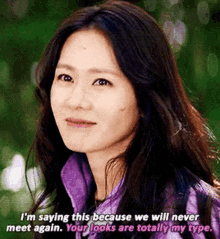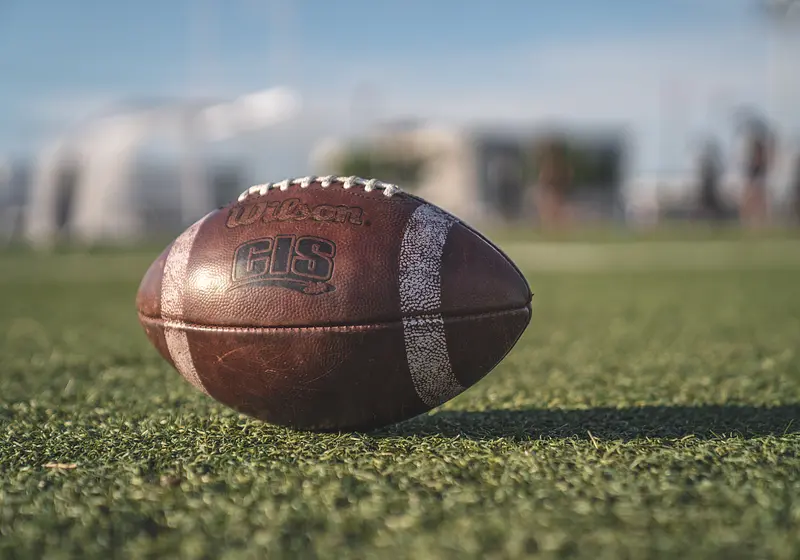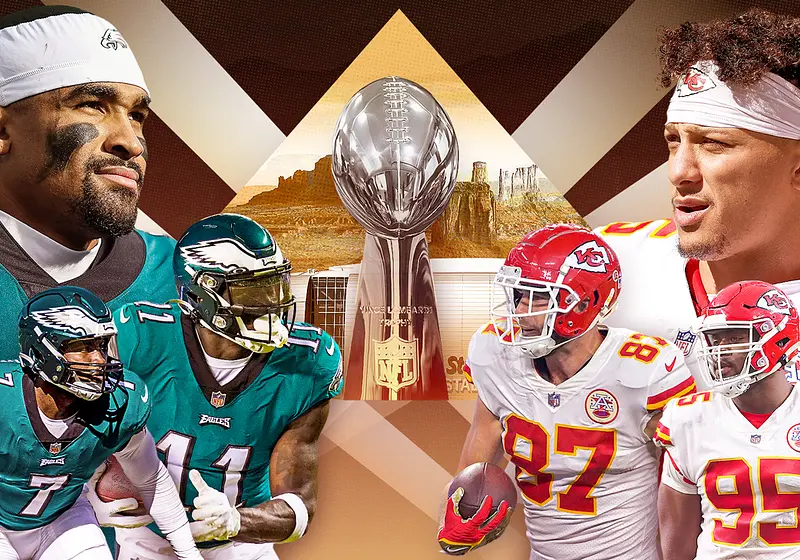As USA Today wrote in their Super Bowl article, “Baseball is known as America's pastime, but football is woven into the country's fabric.” This couldn’t be more true, as over the past 58 years, the Super Bowl has transcended a sports game becoming a cultural phenomenon. With 123.4 million viewers, this year’s Super Bowl became the most-watched telecast since the 1969 Moon Landing. But, how did the Super Bowl become this icon of America?
Where did it all begin? And, should it really be this way?
The first thing to note is that the National Football League’s (NFL) great marketing isn’t a new thing: they knew how to launch the Super Bowl at the perfect time. Around the late 50s and early 60s, color TV was growing in popularity. The number of American homes having a TV skyrocketed from about 50% in 1955 to 93% in 1963. So, when the Super Bowl was launched in 1966 it capitalized on America’s newfound hunger for television entertainment. As the number of households having TVs grew even faster over the next decades, the Super Bowl further cemented itself as a major spectacle of choice.
While the growth in TV was essential for football to reach a wider audience, rivalry was what kept fans around. The NFL and American Football League (AFL) merged and agreed to have a joint championship before they became a single entity three years later. The NFL’s Green Bay Packers blew both the Kansas City Chiefs and the Oakland Raiders out of the water in the first two Super Bowls, but when AFL quarterbacks like Joe Namath showed up to upset the Baltimore Colts in Super Bowl III, it proved that the future held fierce, tight, and fruitful competition.
As the loyal fan base grew, football, like any sport looking to expand its audience, became higher scoring with average points per game rising significantly, from 17.2 in 1977 to 22.8 in 2019. Half of all the highest scoring Super Bowl post date 2003. At this time as well, many of the Super Bowl’s long-lasting traditions began to form: the awarding of the Vince Lombardi Trophy, the MVP award, and the epic post-game celebrations.
All of these things were falling perfectly in place but passionate fans weren’t the only things creating an event like the Super Bowl. Let’s be real - 123.4 million people today aren’t all watching it for the great football. And that's because it’s become more than that: it’s a spectacle.
First, the Super Bowl wouldn’t be the Super Bowl without commercials. The tradition of airing memorable and often highly anticipated ads dates back to the first Super Bowl when the cost of a 30-second commercial slot was a whopping 42,000 dollars. Famous Super Bowl commercials from decades ago are remembered today like when Joe Namath’s shaving cream ad became top news in 1973.
The trend grew gradually over the years, with companies recognizing the massive audience. The ads themselves evolved from conventional product pitches to elaborate, high-budget productions, often featuring celebrity endorsements, humor, and emotional storytelling. Today, Super Bowl commercial slots are among the most expensive in the advertising world, with prices reaching millions of dollars for just a few seconds of airtime. The Super Bowl took ads, one of the most hated parts of the sports viewing experience, and made them something viewers eagerly anticipate every year.
We also have the blast of patriotism thrown in. The NFL grew a close relationship with the US military with the 1968 Super Bowl featuring the first military flyover. In 1970, the 1815 Battle of New Orleans between US and British troops was re-enacted at halftime.
The NFL continues its patriotic core today by continuing the military flyover tradition as well as featuring military bands, choirs, and personnel. These symbols have seamlessly allowed the NFL to market itself as America’s event, eliciting patriotic pride in people.
Then, we have the halftime show. In the beginning years of the NFL, the concerts would be held by small college or high school bands. It was meant to be simple intermission entertainment relying on and celebrating local talent and the collegiate spirit. For example, the 1969 half-time show was put on by Miami-area high school bands. However, the now recognizable full concert experience primarily evolved due to the desire to enhance the overall entertainment value of the event and attract a broader audience. Now, these full productions cost the NFL over 10 million dollars every year with the Weeknd’s 2021 performance reaching an estimated 20 million dollars. This has increased viewership for non-football audiences and co-opted the music industry.
Along those same lines, the pre-game shows’ seven-hour extravaganza wasn’t always like that. In the early Super Bowls, the pregame show was a short, standard 30-minute overview of the game. However, as the Super Bowl grew into a whole-day spectacle for many Americans, the pregame show expanded to match it.
Going back to Super Bowl VI, CBS ran two specials: an hour-long program on Vince Lombardi and an hour-long look at minor league football. But, it wasn’t till Super Bowl X that it began to take off. That year, CBS did a 90-minute pregame on a moving yacht. In the following years, they more than doubled their commentators. Now it’s about standard to turn on your TV hours before the game to see pregame analysis, player interviews, behind-the-scenes coverage, featured stories, historical highlights, and more. As the senior vice president of production for CBS Sport said, “We look to see how we can make it bigger, better, more spectacular.”
Finally, unlike basketball’s drawn-out championship over several games, the Super Bowl is one, single action-packed Sunday every year. Centralizing the event, with the culmination of all the drama and excitement playing out in one day, makes it accessible even to casual fans.
And, if there was still any ambiguity about what the Super Bowl means to America, its economic impact shows it all. 578 million dollars in advertising, 10,000 dollars on average per ticket, and 17 billion dollars generated from food, beverage, and accessories sales across America. The Super Bowl’s nearly 60-year legacy has been unifying friends, families, and communities, creating lasting traditions, and entertaining America like nothing else has.
So, those are just a few reasons why the Super Bowl has become what it is today, but let’s wrap up by discussing whether it should be this way. Ultimately, that depends on one's perspective and values. The significant cultural, economic, and entertainment value is undeniable, but people have also argued that the spectacle has gone too far.
For example, while the economic generation is meaningful, most of it is pocketed by the NFL. Furthermore, host cities and surrounding areas wrestle with environmental degradation, excess energy consumption, waste, sidestepping the rule of law, and social segregation and gentrification that very often get overlooked.
All for what? The Super Bowl is awesome but does it need to be the juggernaut it is? The Super Bowl’s football game itself is not exceptional - the season had more exciting games, more exciting venues, and probably more exciting moments.
Yes, the Super Bowl unifies us in a growingly fragmented world, but what does that mean? If it’s truly America’s game then why is a basic ticket so grossly inaccessible? And, stripped to its core, is it truly just a microcosm of America's commercialist and capitalist culture? At the end of the day, I don’t know. But it's something to think about.









.jpg)


